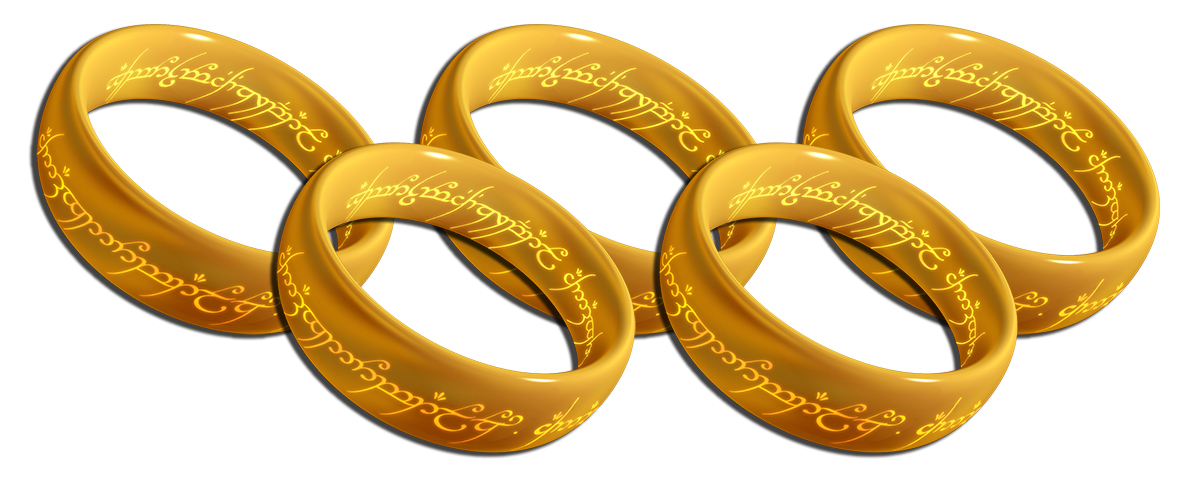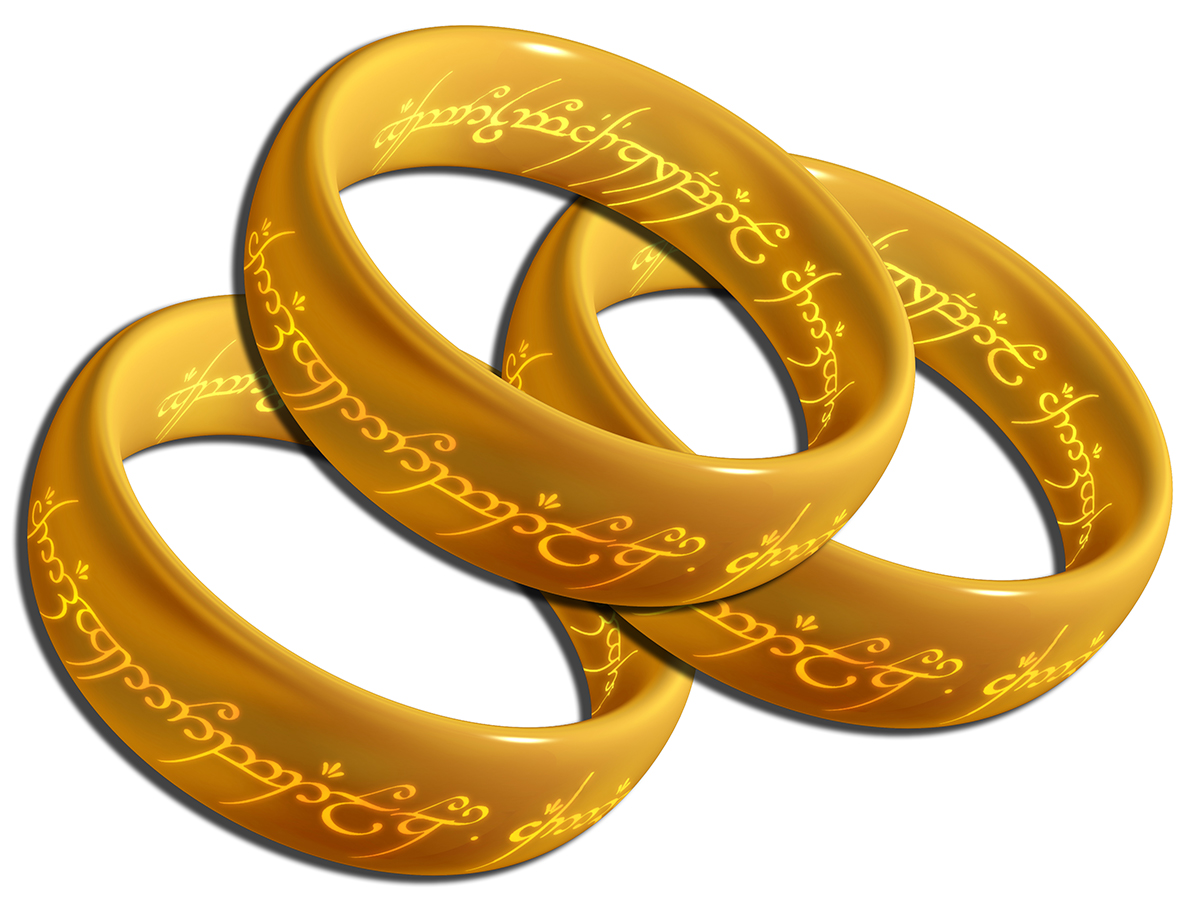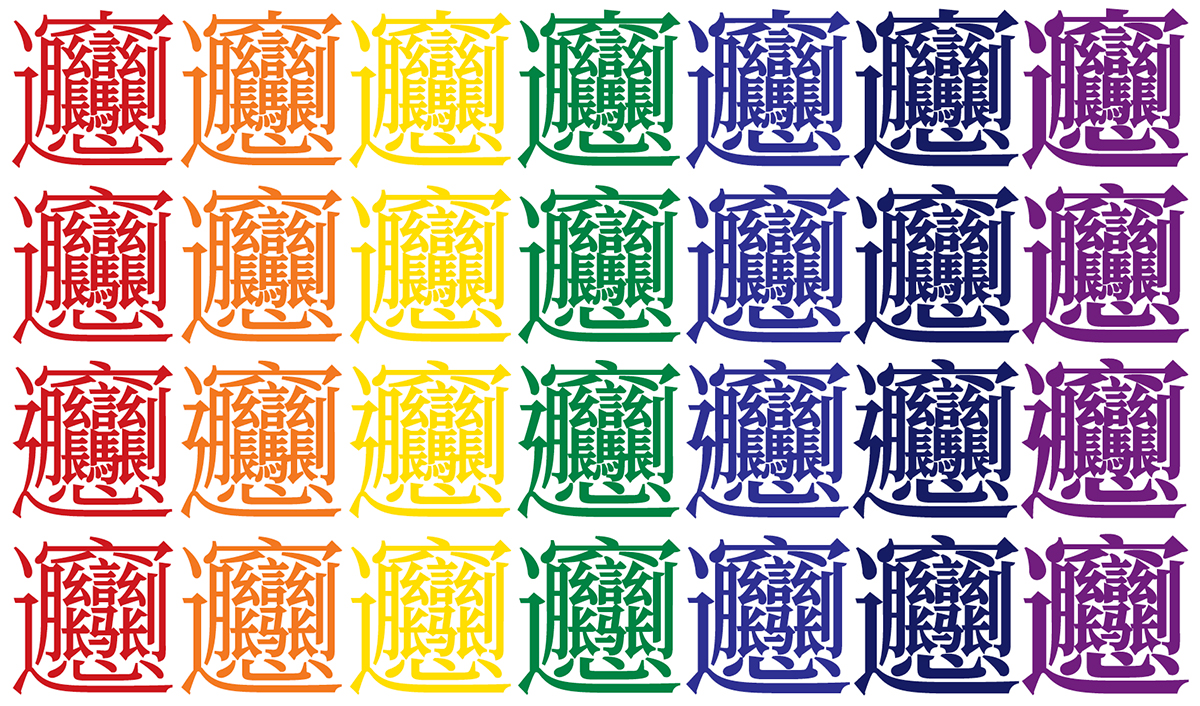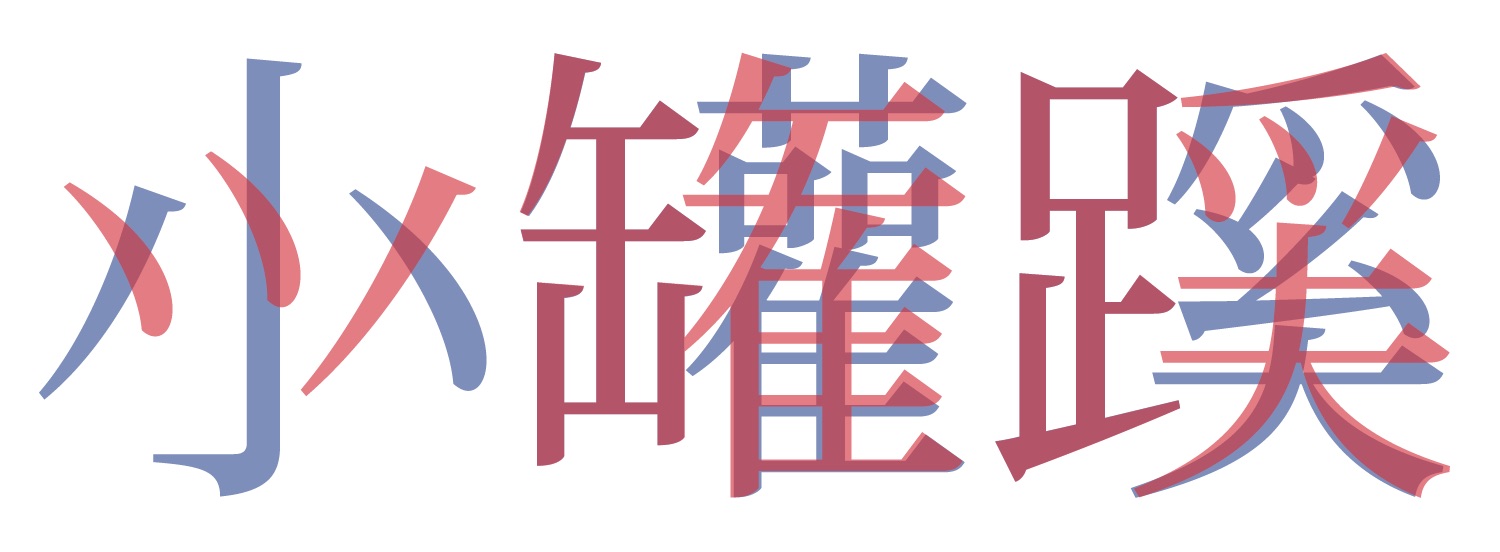
Unlike Unicode, which has been on an annual release cycle from Version 7.0, mainly to provide predictability to the release schedule for the benefit of developers, national standards—particularly East Asian ones—are updated much less frequently.
The latest East Asian national standard to be updated is HKSCS (Hong Kong Supplementary Character Set). HKSCS-2016, the fifth version of this particular standard, was published in May of 2017. As a result, and for the benefit of font developers whose fonts are based on Adobe’s public glyph sets, I used the morning of 🇺🇸’s Fourth of July of this year to publish Adobe-CNS1-7 via the CMap Resources open source project.
Continue reading…










